How to Get Rid of Dead Skin on Feet: 5 Solutions in One Guide
Onskin Content Team
Your guides through the skincare chaos
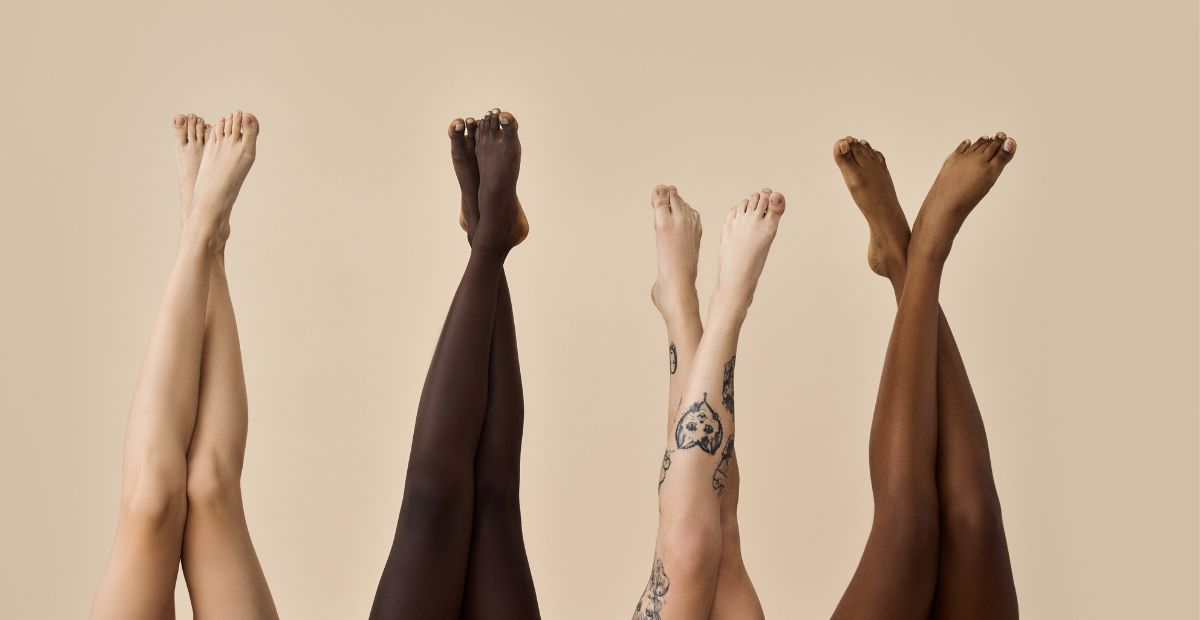
Summer’s here—and so are the sandals. But nothing ruins a cute strappy heel moment like cracked, dry feet. So let’s talk about how to remove dead skin from feet quickly, safely, and in a way that keeps them smooth all season long. With no sketchy razors or messy kitchen DIYs involved.
These are five safe ways to remove dead skin from your feet, plus a few tips on what to avoid and how to prevent dryness in the first place. Let’s dive in.
1. Pumice Stone

Let’s start with the MVP: the pumice stone. You’ve probably seen one of these in your mom’s bathroom—it’s that rough, porous stone that looks like a dried-out sponge. What you might not know is that this is probably the best way to remove dead skin from feet.
Pumice stone is made from volcanic rock and gently exfoliates without damaging your skin. They’re a great choice if you’re serious about how to exfoliate feet effectively and regularly.
To use it, soak your feet in warm water for 10–15 minutes, wet the stone, then rub gently in circular motions over rough patches. Rinse and moisturize afterward.
Done 2–3 times a week, it’s an easy go-to for how to get dead skin off feet.
2. Foot Scrubs
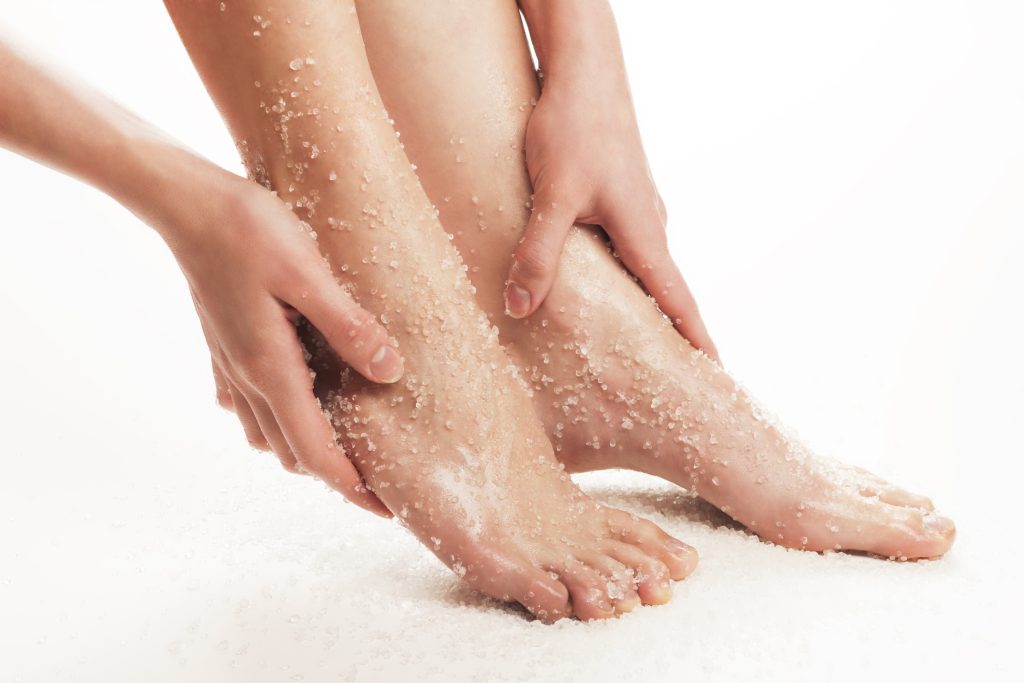
Okay, if pumice feels a bit too hands-on, a good foot scrub can be your best friend. They’re ideal if you want to know how to remove dead skin from feet without using tools.
When picking up a foot scrub at your favorite beauty shop, look for one with exfoliating ingredients like salt, sugar, or crushed apricot seeds. These help buff away dry patches and leave your skin silky.
This is how to get dead skin off feet using a foot scrub—just make sure to follow the instructions on the label first:
- Apply to wet feet in the shower.
- Massage in gentle circles for 1–2 minutes.
- Rinse thoroughly and follow with a hydrating foot cream.
Quick reminder: If you’re ever unsure about what’s in your skincare (especially with all those ingredient lists), OnSkin is a handy tool to decode products and understand what really works for your skin and its conditions.
3. Epsom Salt Soaks
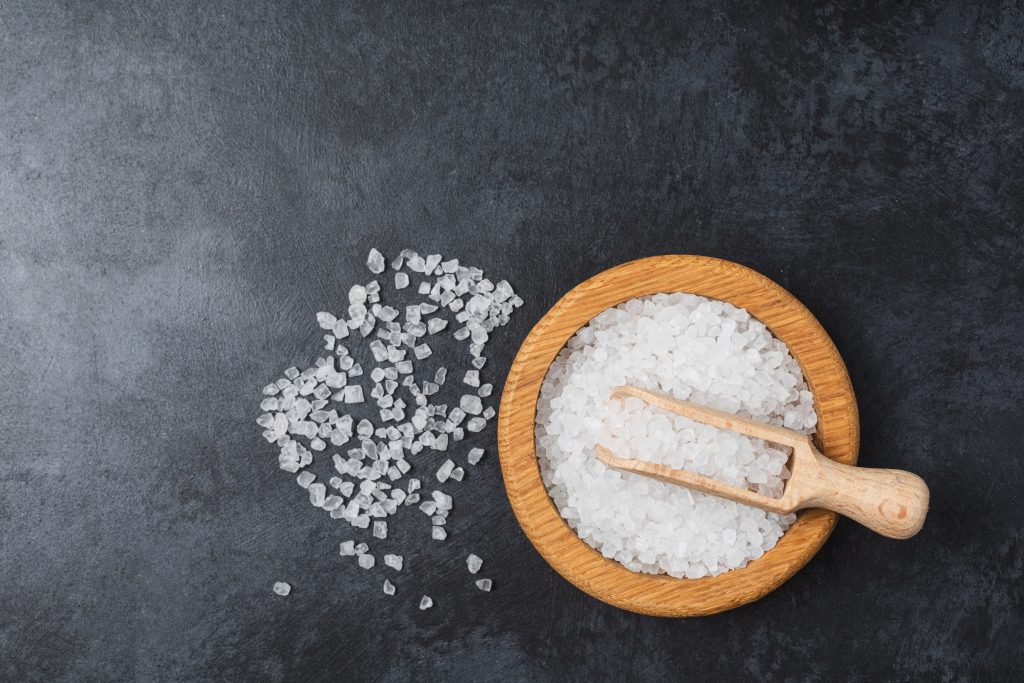
Take a closer look at Epsom salt. This is the kind of stuff in your cabinet you swear you’ll use after a long day—but usually forget about it.
Epsom salt is basically magic when it comes to how to soften feet and loosen up rough spots. It’s made of magnesium sulfate crystals that help relax muscles and yes—remove dead skin from feet.
Here’s how to make a foot soak to remove dead skin. Just dissolve ½ cup in a basin of warm water, soak your feet for 15–20 minutes (bring a podcast or a cup of warm tea, why not), and you’re set.
You can use this as a foot soak to remove dead skin before using a scrub or pumice stone for even better results.
4. Foot Peels
If you’ve ever seen feet peeling like they’re shedding a second skin—it was probably after a foot peel. These bootie-style masks are packed with fruit acids or salicylic acid that gently slough off layers of dead skin on feet over several days.
It’s also one of the more dramatic options for how to remove dead skin from feet, and while weirdly satisfying, you have to be patient. Let the peeling happen naturally, and avoid using them if you have cuts or sensitive skin.

How foot peel usually works:
- Wear the booties for 60–90 minutes.
- Rinse and wait: skin starts peeling in 3–5 days.
- Don’t force it—let the shedding happen naturally.
The main rule? Follow the instructions on the package closely and don’t peel the skin off prematurely. It’s usually okay to use foot peels every 4-6 weeks. Still, if you have cuts, sensitive skin, or any doubts, skip foot peels and consult with a dermatologist first.
5. Moisturizers
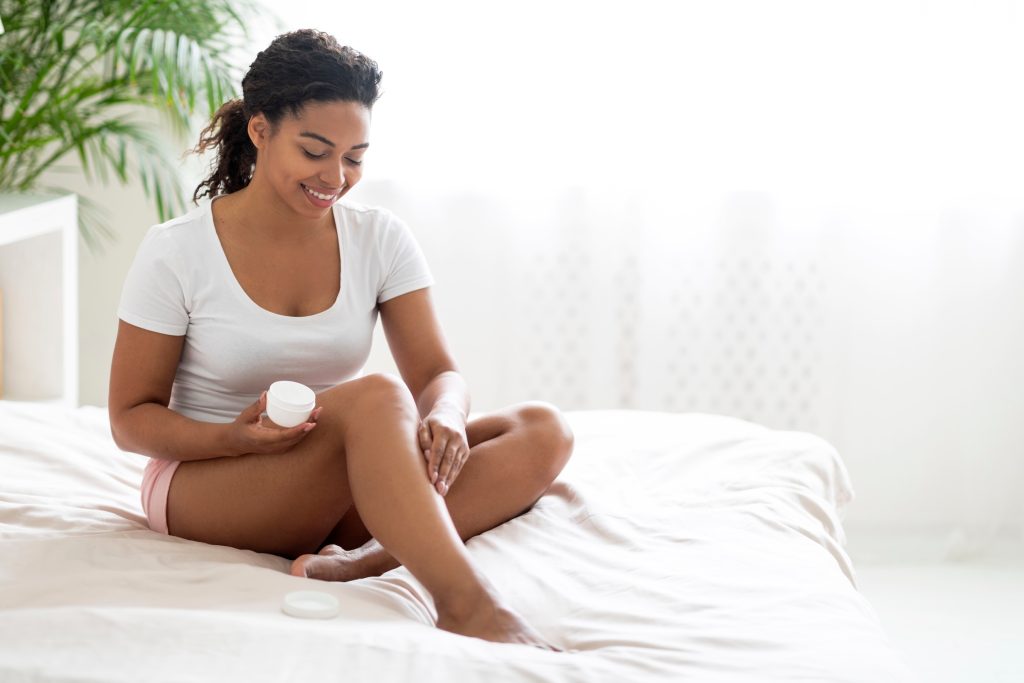
You did all that work exfoliating, now let’s seal the deal. One of the biggest keys to how to remove dead skin from feet (and keep it off) is moisturizing. Every. Single. Day.
For the visible results, look for moisturizers with:
- Urea (and here is the complete guide to urea in skincare, including its uses for feet)
- Hyaluronic acid
- Shea butter
- Coconut oil
Pro tip on how to get soft feet: Apply your moisturizer at night and wear cotton or gel-lined socks to seal in moisture while you sleep.
What to Avoid
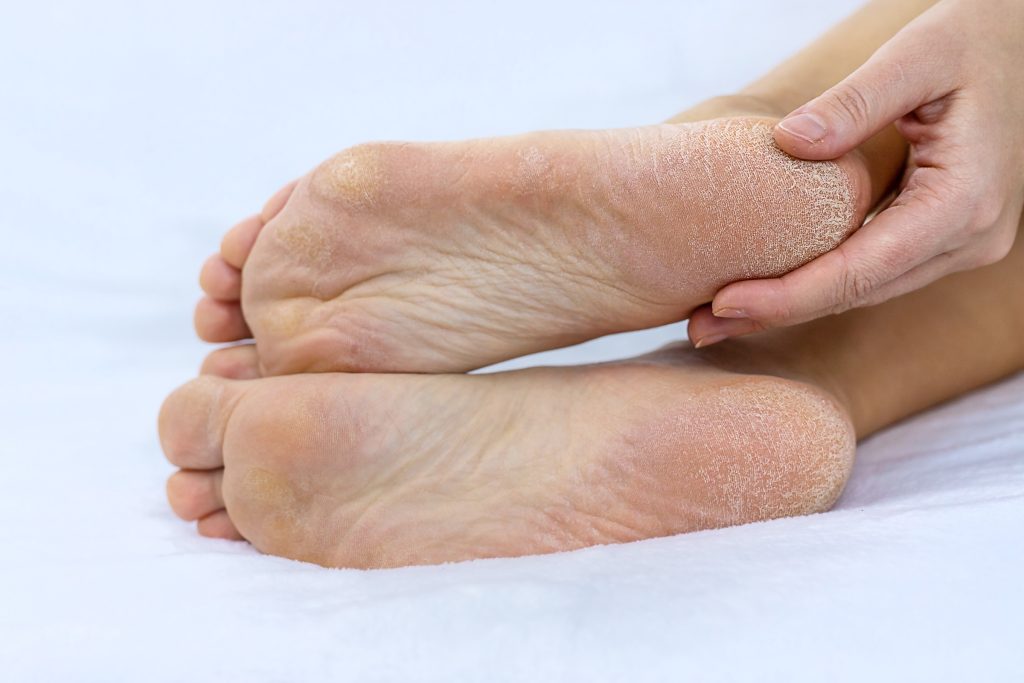
Needless to say that not every method you see online is a good idea. Some can actually make your feet worse. Here are the top three ways to remove dead skin from feet that you should avoid—or use with caution.
- Baking soda. It can disrupt your skin’s pH and cause irritation.
- Lemon juice soaks. Too acidic, especially for sensitive or broken skin.
- Razors or foot scrapers. Risk of cuts, infections, and long-term skin damage.
Important reminder! If you’re not sure if a method is safe for your feet, skip it or check with a dermatologist first.
How to Prevent Dry Skin on Feet
After you’ve tackled how to remove dead skin from feet, you’ll want to keep your feet smooth all summer long. Here’s how to keep them baby-soft:
- Moisturize daily—and especially after showers.
- Avoid harsh soaps with fragrances or alcohol.
- Wear breathable shoes and moisture-wicking socks.
- Pat your feet dry instead of rubbing.
- Don’t skip your pedicure routine, even if it’s DIY.
Want more tips on how to remove dead skin from feet? Check out our handy for treating cracked heels at home.
FAQ
-
Where do I start with OnSkin?
Download the app and think of a product you’d like to know more about. Then, go to the main screen and choose how you’d like to get the info —by manually looking it up in the search bar, by scanning its barcode, or by simply taking a picture of the packaging. Once you’ve done any of these, you can see how safe the product is and if it suits your skin or hair (if this analysis is available).
-
What is Safety Rating, and how is it calculated?
In OnSkin, we base product rates on ingredients. Each is closely studied by our medical team and then evaluated. This way, each product gets a score from 0 to 100, with 100 as the safest level.
Safety Levels
- Excellent (76–100)
- Good (51–75)
- Not great (26–50)
- Bad (0–25)
These scores are backed by the latest scientific studies. You can find links to the resources we’ve used on each ingredient page. To assess the safety of product ingredients, we evaluate them according to the following parameters/criteria
- Endocrine disruption risk / Reproductive toxicity
Indicates the probability of mimicking, blocking, or interfering with the body hormones.
- Сarcinogenicity
Measures the potential risk of inducing cancer.
- Allergy risk
Estimates the probability of an allergic reaction.
- High concentration alert
Determines the risk of being unsafe in certain amounts.
-
What is Skin Match?
Based on the info you input about your skin type, age, skin care goal, and other “settings,” OnSkin checks how well a product is tailored to your unique skin needs — it’s basically like a dermatologist helping you find the right products, minus the fees and the long wait. The product you’re checking might be labeled as It’s a match!, Hit-or-miss, or Not a match for you. The app also detects ingredient groups such as Anti-acne, Anti-inflammatory, Moisturizes, May be drying, Comedogenic, and others — by tapping one, you see exactly what ingredients from this or that group are in the product.
-
I seem to have a problem with using the app. Who should I contact?
Please reach out to us at [email protected], and we’ll carefully look into your issue. Your ideas for improving the app are also very welcome!
-
Do you have an Android version?
Not yet! Hey Android users, we hear you, and we're thinking about making an Android version, but we haven't started the development yet.
Tracker Sent!
It’s on the way to your inbox.




